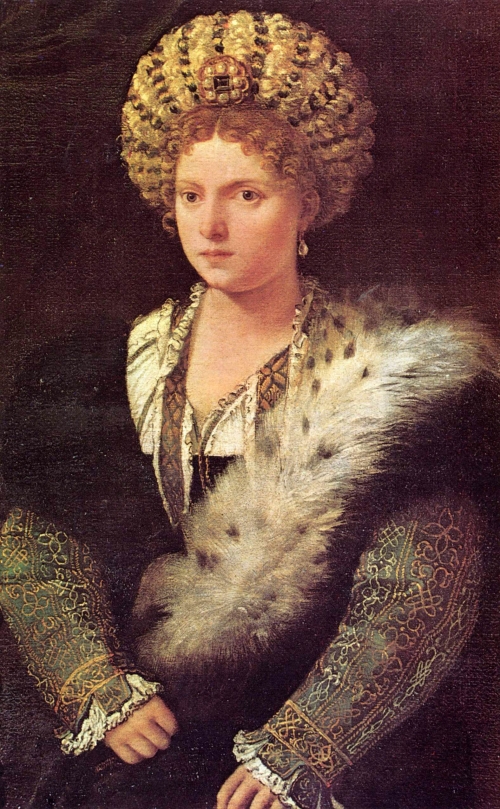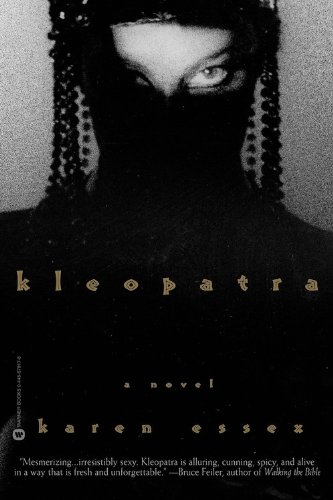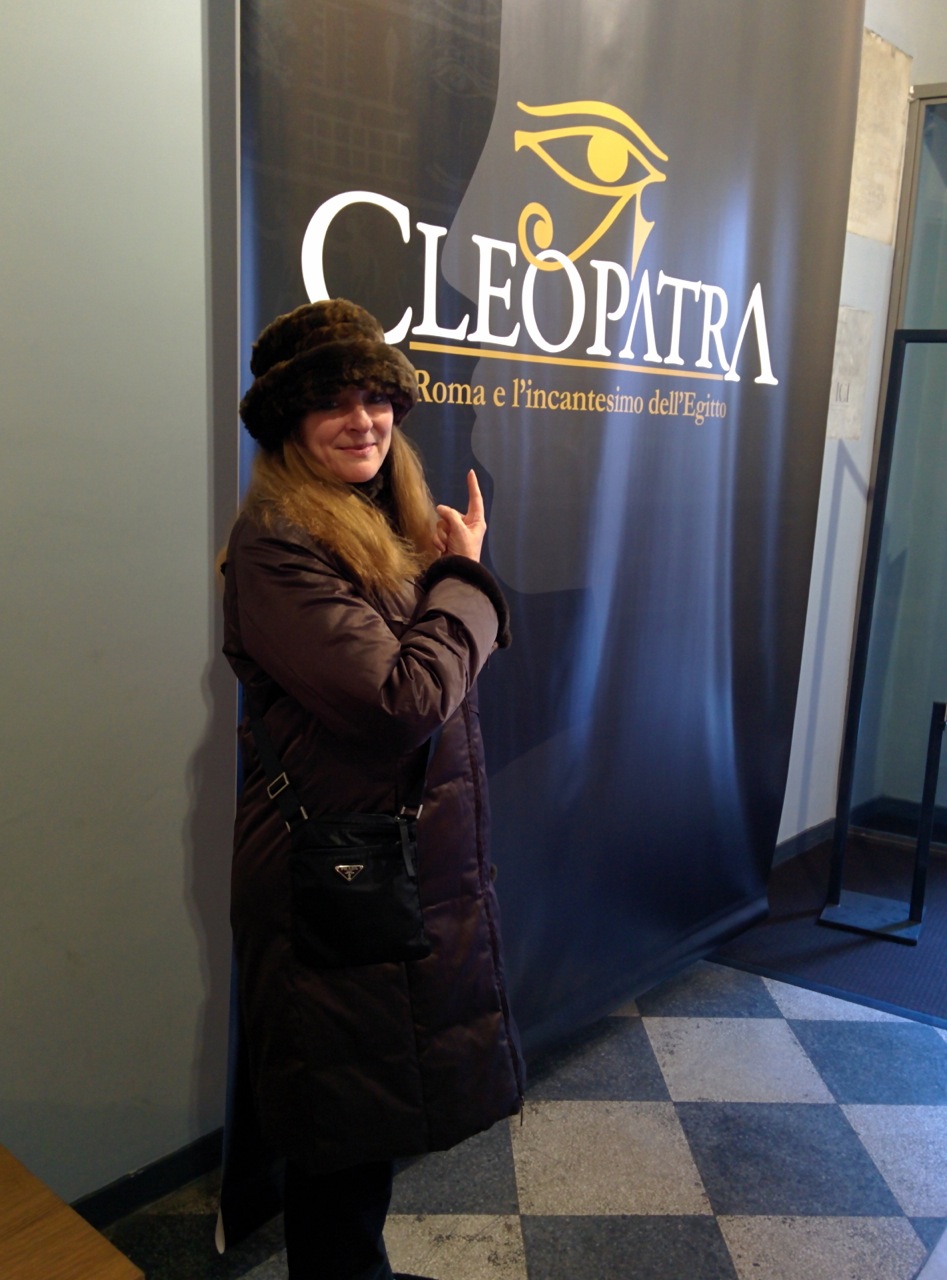In the early years of my professional life, receiving unwanted and unprovoked groping and kissing was not unusual. It was the story of my life, and now we are discovering that it is not unusual. It is many women’s stories.
How many times did I speak out? None. We don’t speak out. The most ambitious, careful women never speak out. Why? Because it’s too hard to get into the room in the first place to complain about men’s behavior once we are there.
To wit:
I was chased around a desk (literally) by my first modeling agent when I dodged his gropes and kisses. I was 18, he was 50. I was completely caught off guard and ran out of his office. I had just started modeling and at the time, he was the only game in town as far as agents went. I never went into the agency again.
A few years later, I moved onto bigger markets. Every time I did a runway show, men who remind me an awful lot of Donald Trump bullied their way backstage immediately after the show so that they could catch the models in states of undress. When I did print work, the client would often do the same thing. Did I make an issue of it? Of course not. It was too hard to get those coveted jobs in the first place. Would I risk being seen as a troublemaker or complainer? I have to say, though, that the disrespectful treatment hastened my exit from the profession. (Note that it’s the women who have to flee, leaving behind their careers. The abusive men stay in place, moving on to the next set of victims.)
As I think about these humiliating incidents these many decades later, I feel the old fury rising inside of me. How dare they confront me while I was half naked to tell me “what a great job I did.” How dare they look me up and down while I was virtually nude and couldn’t cover up?
As a young woman working in the film industry, I had men grab my zippers and pull them down (yes, more than once; I finally quit wearing my favorite front zippered tops). One man, after offering me a job, pushed me onto his desk and tried to pry my legs apart. Another backed me against a wall and with one hand, grabbed me between the legs, and with the other, grabbed my breast. “The right hand’s for you and the left’s for me,” he said. I was bilious. Needless to say, I didn’t take the job, even though I really needed the work and the money. Who lost out? Not him. He had his high-paying position until the day he died (good riddance).
I always dressed modestly in work situations to try to avoid situations like this but it didn’t seem to matter. After a business breakfast meeting, one man (married; twenty years my senior) offered to give me a ride. When I got into his car, he turned to me, pulled up my shirt, and saw through my bra. He exclaimed, “Wow! Your nipples are amazing. I can’t wait to tell _________” (my then boss). My then boss, I later heard, went around the office asking the male employees, “you hittin’ that?” about me. Yeah, I felt great when I heard that too.
To address the Trump defenders who point out that he hires and promotes women, including his “great piece of ass” daughter, let me make this clear: all of these gropers and assaulters hired and promoted women. All of them wanted to hire me or keep me on at work. All of them would profess to value women’s contributions in the workplace. In fact, many of the great promoters of women are also the biggest abusers.
The horror for women is that there is no equivalent these assaulters could experience that might give them an idea of the humiliation, anger, self-doubt that they inflict upon us. They will never know how we check ourselves to make sure we’re not being provocative; how we mention our husbands or boyfriends to try to discourage the predators; or how we try, with anxiety in the pits of our stomachs to deflect their advances because we know that they can hurt us way beyond what they do to us when no one is looking.
These predators know that they have the power. They know what damage they can do to us. They know that they can turn around and call us liars and fantasists, and who can dispute them? They know that a significant percentage of people will say that we did something to deserve it, that we asked for it, that we must have been wearing provocative clothes. They know that in a “he said, she said” situation, we maybe have a fifty-fifty chance of being believed.
Donald Trump told us on tape exactly what he did to women. Then women came forward to validate what he said.
Every time I hear Trump’s boasting words of what he can do to women and hear Billy Bush’s chilling little laugh, and then watch as they make an unsuspecting women give that creep a hug, all the memories of abuse and of being violated come back to me. The humiliation. The loss of income because I could not subject myself to that kind of treatment. I get nauseated. I feel fury. I have to relive it all once again, though it happened long ago. It’s an automatic response. And there’s nothing I can do about it.








